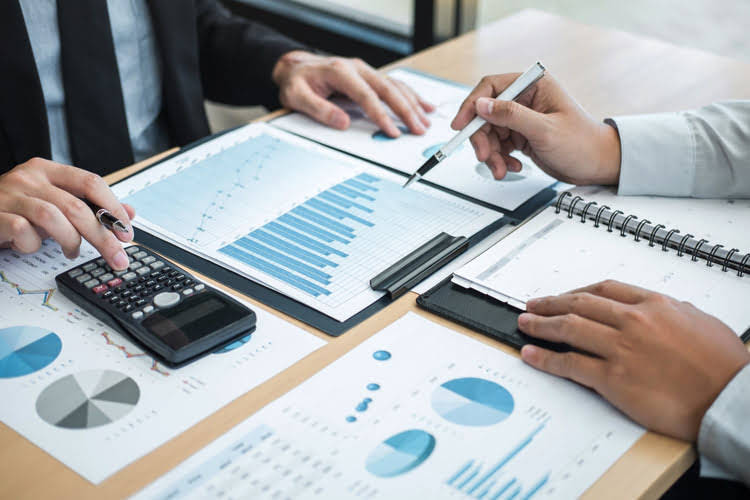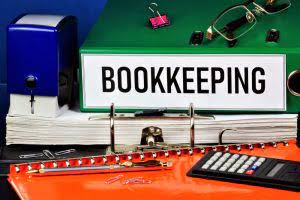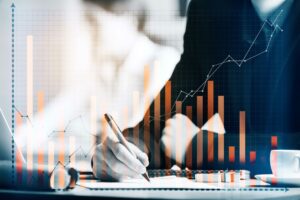Comprehensive Guide to Cost Accounting Formulas and Methods

This verifiability enhances the reliability of financial statements, as it minimizes the risk of subjective judgments or estimations that could distort the true financial position of a company. For example, the purchase of real estate is documented through deeds and contracts, which serve as tangible evidence of the transaction. Its importance lies in providing consistency and reliability in financial reporting, which helps stakeholders make informed decisions.

What is the main difference between cost accounting and financial accounting?
Through cost accounting, you can home in on where your business is spending its money, how much it earns and where you might be losing money. Managers and employees may use cost accounting internally to improve your business’s profitability and efficiency. This method of cost accounting replaces traditional costing methods with value-based pricing. Instead of allocating costs to departments, lean accounting categorizes costs based on total value stream profits. Value streams are a set of actions that contribute to fulfilling a customer’s demand, from the initial request to the customer’s appraisal of the product or service. Gross margin is essential for businesses because it provides insight into production costs relative to sales revenue.

Step #1: Classify costs and calculate direct costs

Cost accounting helps management plan for future capital expenditures, which are large plant and equipment purchases. Modern methods of cost accounting first emerged in the manufacturing cost accounting basics industries, though its advantages helped it spread quickly to other sectors. Cost accounting makes a provision for the analysis and classification of expenditure.
- For instance, during economic downturns, the historical cost principle prevents companies from artificially inflating asset values to present a more favorable financial position.
- For example, if a company has fixed costs of $750,000, variable costs per unit of $500, and a selling price of $600, it would need to sell 7,500 units to break even.
- Finally, the fundamentals of cost accounting for materials and components, labor, and overhead allocation are presented.
- To price products and services accurately, companies need to know how much it costs them to produce them.
- So, the main difference between cost accounting and financial accounting relates to their respective target audiences.
Understanding Non-Cash Dividends: Types, Accounting, and Impact
By dividing the asset’s cost evenly over its useful life, companies can predict and plan for consistent depreciation expenses. This predictability aids in budgeting and financial planning, providing a clear picture of future financial obligations. For instance, take a furniture company that produces 10 different types of chairs.

- In a complex and evolving business landscape, including in the Saudi market, it enables companies to make informed decisions in alignment with market needs.
- It is used by companies who have a standard cost for each unit produced e.g brick manufacturers.
- These decisions may include increasing production, changing pricing, or adding new products.
- Business owners must clearly understand their profit margins if they want to be successful.
- We also explore the key differences between cost accounting and financial accounting, and the skills you need to become a cost accountant.
This analysis can be done manually, but it is more commonly done using accounting software that offers cost accounting functionality. As a result, production costs are allocated evenly across the company’s entire output. While this method is more straightforward and less time-consuming than other costing methods, it can lead to inaccuracies if there are significant differences in the cost of individual items. This approach involves assigning a portion of the company’s overhead costs to each unit produced or hour worked. This technique is often used when significant production levels exist between different products or when labor rates vary widely between different departments.
- However, it can sometimes obscure the impact of fixed costs on profitability, making it less useful for internal decision-making.
- So, lean accounting makes management decisions based on total value stream profits, rather than cost allocation.
- Labor refers to any wages to employees which relate to a specific aspect of producing products or delivering services.
- In this study, 90.20% of the surveyed managers agreed that cost accounting helps them identify unprofitable activities.
- Accountants use many principles to guide their decision-making process, such as the matching principle and the principle of conservatism.
To calculate the cost of producing a product or service, businesses must track fixed and variable costs. Fixed costs do not change with production levels, making them easier to track. Product cost is then calculated by adding the total cost of raw materials and direct labor. The https://www.bookstime.com/ selling price is set by considering the product cost, overhead costs, and desired profit margin. Overhead variance analysis delves into the differences between budgeted and actual overhead costs. This can be split into fixed overhead variance and variable overhead variance.
Indirect Labor
- ABC provides a more accurate allocation of overhead costs than traditional costing methods and can be used to improve decision-making and product pricing.
- With the help of marginal cost accounting, a manager can decide whether getting new equipment or hiring more workers to meet extra demand is a smart decision in the short term.
- For example, if you own a manufacturing company, the workers who operate the machines to create your products would be considered direct labor.
- Lean accounting replaces traditional costing methods with value-based pricing.
- Even though companies cannot use cost-accounting figures in their financial statements (or for tax purposes), they are important for internal controls.
- The objective is to maximize profitability; achieving that goal depends greatly on managing costs.
- Cost accounting also involves understanding how products are made and the various components that go into them.
